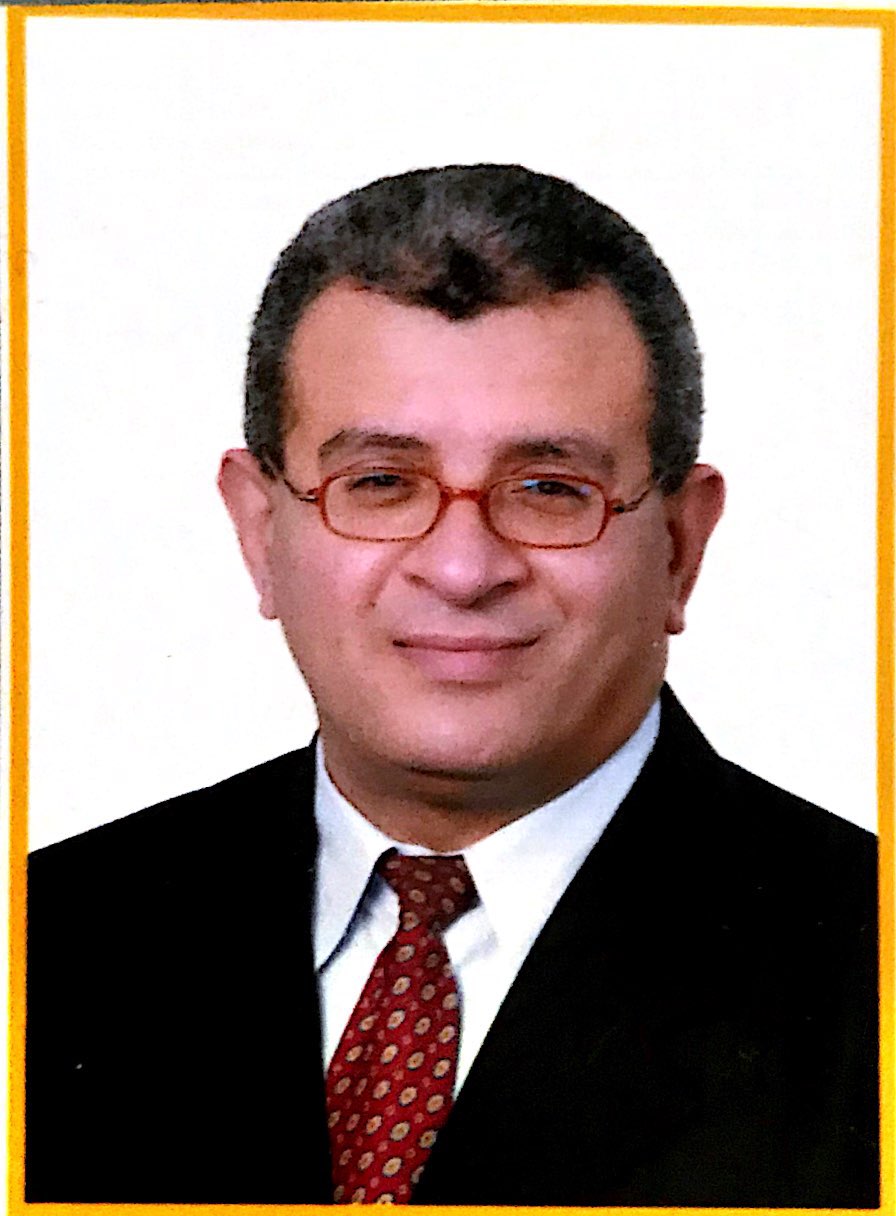Background/Aims: Diagnostic miss rate and time consumption are the two challenging limitations of small‑bowel capsule endoscopy (SBCE). In this study, we aimed to know whether using of the blue mode (BM) combined with QuickView (QV) at a high reviewing speed could influence SBCE interpretation and accuracy.
Materials and Methods: Seventy CE procedures were totally reviewed in 4 different ways; (1) using the conventional white light, (2) using the BM, [on a viewing speed at 10 frames per second (fps)], (3) using white light, and (4) using the BM (on a viewing speed at 20 fps). In study A, the results of (1) were compared with those of (2), and in study B, the results of (3) and (4) were separately compared with those of (1).
Results: In study A, the total number of vascular (P < 0.001) and inflammatory lesions (p = 0.005) detected by BM was significantly higher than that detected by the white light. No lesion found using the white light was missed by the BM. Moreover, the BM highly improved image quality of all vascular lesions and erythematous nonvascular lesions. In study B, the total number of only the vascular lesions, detected by the BM on a rapid speed of viewing at 20 fps was significantly higher than that detected by the white light (P = 0.035). However, the true miss rate for the BM was 4%.
Conclusion: BM imaging is a new method that improved the detection and visualization of vascular and erythematous nonvascular lesions of small bowel as compared with the conventional white light imaging. Using BM at a slow viewing speed markedly reduced the diagnostic miss rate of CE.

